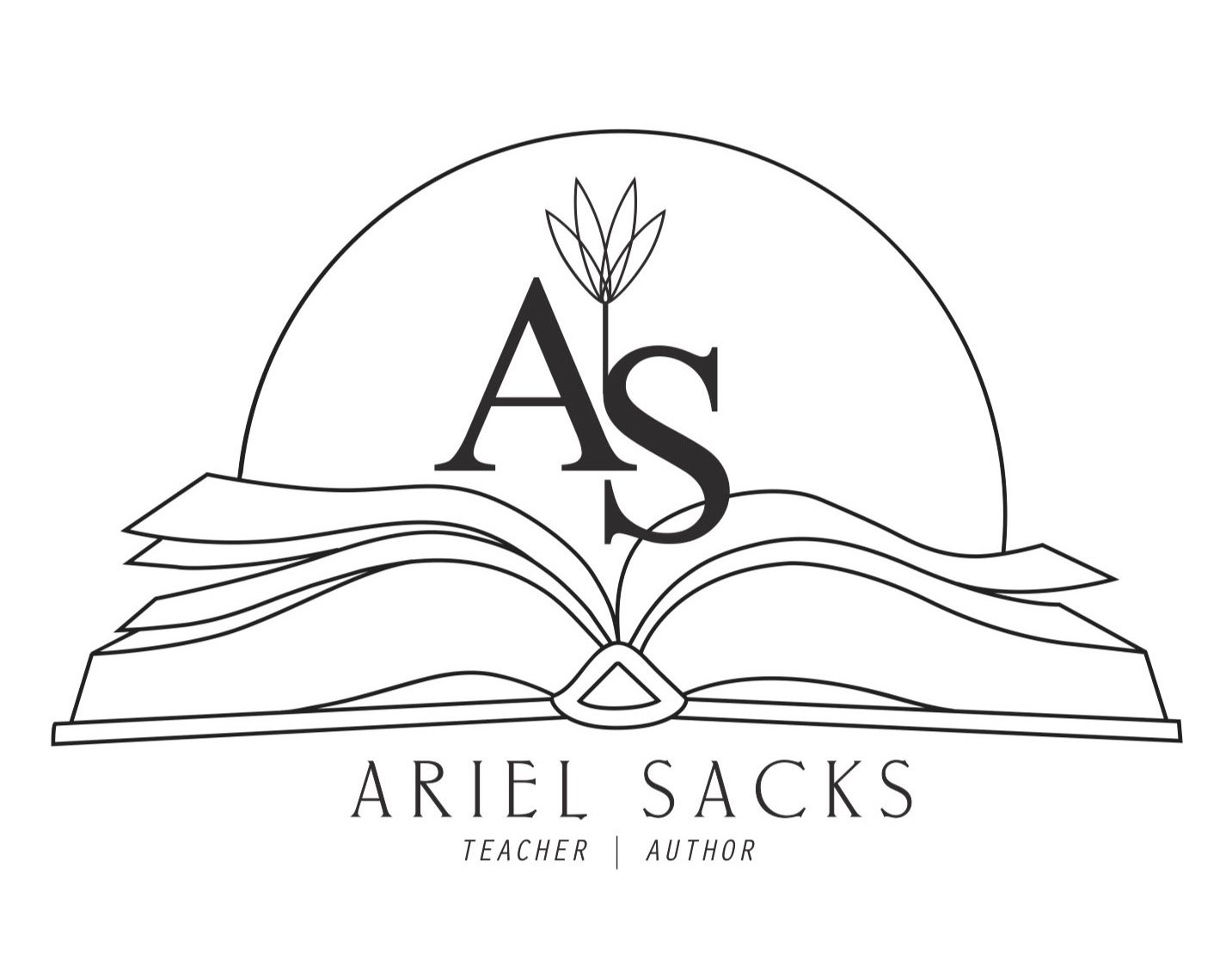One of my goals this year is to share more materials and ideas from my classroom here. Today’s share is a very simple process for looking at one scene in a novel that works really well, allowing stretching students to stretch in their zones of proximal development. Equally nice is that they are fun to read.
As a beginning teacher, my response to the state test vacillated between righteous defiance of the inauthentic and sometimes cruel measures of my students’ learning -- and a rushed, somewhat desperate attempt to help diverse learners face the realities of the exam that was coming whether we liked it or not. Years later, I’ve worked through some of the noise around standardized testing. I’ve come to a few realizations that allow me to essentially stay true to my principles as an educator without sending students into a high-stakes situation unprepared.
It's been a while since I posted here. For those that don't know, I had a baby in 2015, and this amazing joy of a little girl dramatically impacted my ability to blog in my "extra time." For some of my reflections on motherhood as an educator, check out these posts on my CTQ blog:
Leaning in, career teaching, and the superpower I now need
More recently, I've been getting my writing mojo back! Part of this was fueled by the realization that the role of creative writing in the study of English Language Arts deserves some attention in literacy and ed policy conversations, especially when the CCLS appear to deemphasize it. I first began writing about this in this article, "Decoding the Common Core," published by Education Week. I also touched on the topic of creative writing as an equity issue in this blog post, "Who Gets to Write Fiction?" which was a response to calls for more diverse books for children (#WeNeedDiverseBooks). Then, just last month, Education Week Teacher published "Why Creative Writing Still Has a Place In My Classroom," in which I argue for the practice of fiction writing as an essential element in developing critical readers.
As part of my investigation into the role of creative writing in today's ELA classroom, I've created this survey, asking for English teachers and literacy leaders to share their opinions on the topic. If you missed it before, please participate! It's been very interesting and encouraging to see the responses, and I'll be sharing some results soon.
Finally, also on the topic of writing, as part of a Teaching Ahead Roundtable at EdWeek Teacher, I shared my thinking on "The Problem With Complex Writing Prompts," and why the bulk of expository writing instruction should tap into students' own questions, ideas and drive to communicate.
More writing and developments coming soon... I hope everyone is enjoying the summer. It sure is hot around here!
